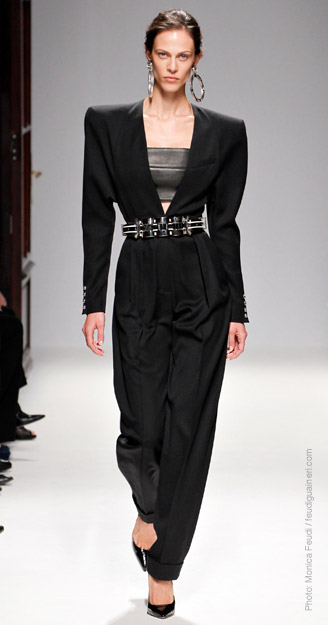Blog posts have been a little tardy. I’ve been distracted by the main game, my fiction. But let’s return to my favourite childhood books.
The next book in my series revisiting childhood classics is from Judy Blume. A classic children’s writer, I remember her books fondly. But funny how your memory plays tricks on you.
Time and memory are true artists; they remould reality nearer to the heart’s desire – John Dewey (1859-1952)
As an 80s child, my reading life was chock full of Judy Blume. I owned a copy of Starring Sally J Friedman As Herself. (This could explain why a kid in Tasmania in the late 1980s was reading biographies of old film stars like Lana Turner. Although as a voracious reader, I did work my way through most of the books in my small local library.)
Blubber. Super Fudge. Forever was the taboo book when I was in Grade 6, to be hidden from the parents under the mattress because it had s.e.x in it.
Then of course Are You There God? It’s Me, Margaret (AYTGIMM). The quintessential book on growing up. So today, I’m revisiting my old friend, Margaret.
Margaret has just moved to Jersey from NYC and she’s eleven. The child of a Jewish father and a Christian mother, she has grown up without religion, yet she talks to God every night. Margaret has a new school, new friends and new womanly body to manage.
Before I started to read this book, my memories of AYTGIMM were all about bras and periods. I expected it to be full of female body stuff. A fiction version of Everygirl. But on re-reading, I was surprised to discover that puberty is only one part of the story. The more important storyline is Margaret’s spiritual search. Is she Jewish or is she Christian? Who is this God she speaks to?
Looking at the title of this book, the religious element is completely obvious. Like Margaret, I grew up without religion, but I never went through a religious curiosity phase like she does. Margaret chooses to explore religion as the topic of her year long school project. As a child, this part of the story must not have resonated with me. Perhaps the difference is the overt religious tension in Margaret’s family. Or I blocked it out and focused on the juicy stuff.
AYTGIMM was probably the first time I read about someone like me, dealing with their newly adult bits, bras and periods, secret clubs and talking on the phone for hours about (very important) nothing. The “Two Minutes in a Closet” brought back cringe worthy memories of my own Grade 6 parties. Did we get the idea from this book? Although we used an ensuite bathroom. It brought back memories of my own experiences of being eleven.
The stand-out characters were Sylvia, Margaret’s grandmother and Laura Danker. Interfering and vibrant, Sylvia sounds like a super fun grandma but incredibly infuriating for Margaret’s mother. Laura Danker is a tragic innocent character. An early developer, the world makes assumptions about her morals just because she has boobs.
I didn’t enjoy AYTGIMM as much as I thought I would. The puberty stuff is of no interest anymore and neither is the religious angle. But I hope this book still resonates with eleven year old girls wondering what’s going on with their bodies and making sense of religious tension in their family. Just not for me.
Next book in line is The Little White Horse by Elizabeth Goudge. Apparently I’m in good company as this is also a favourite of JK Rowling.

Like this:
Like Loading...

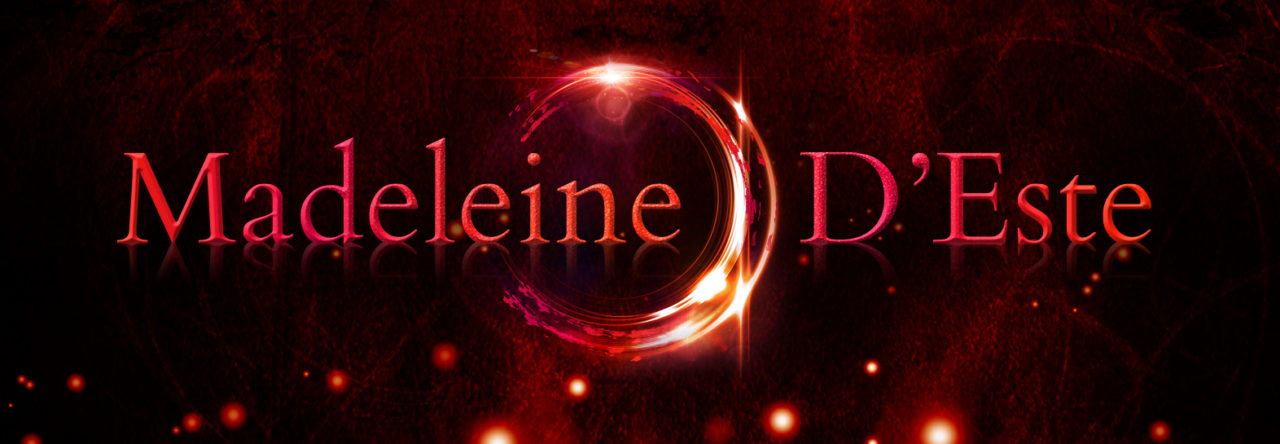















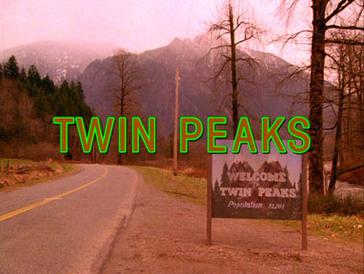



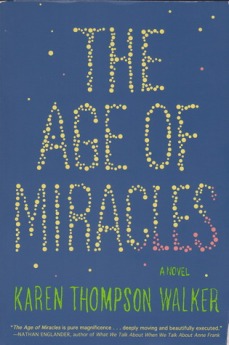


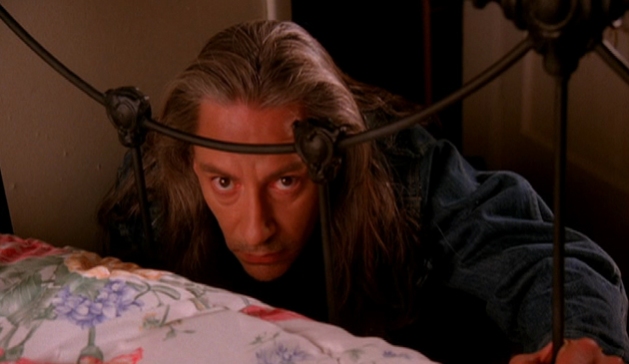
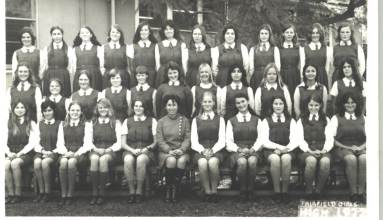


_cover.jpg)










